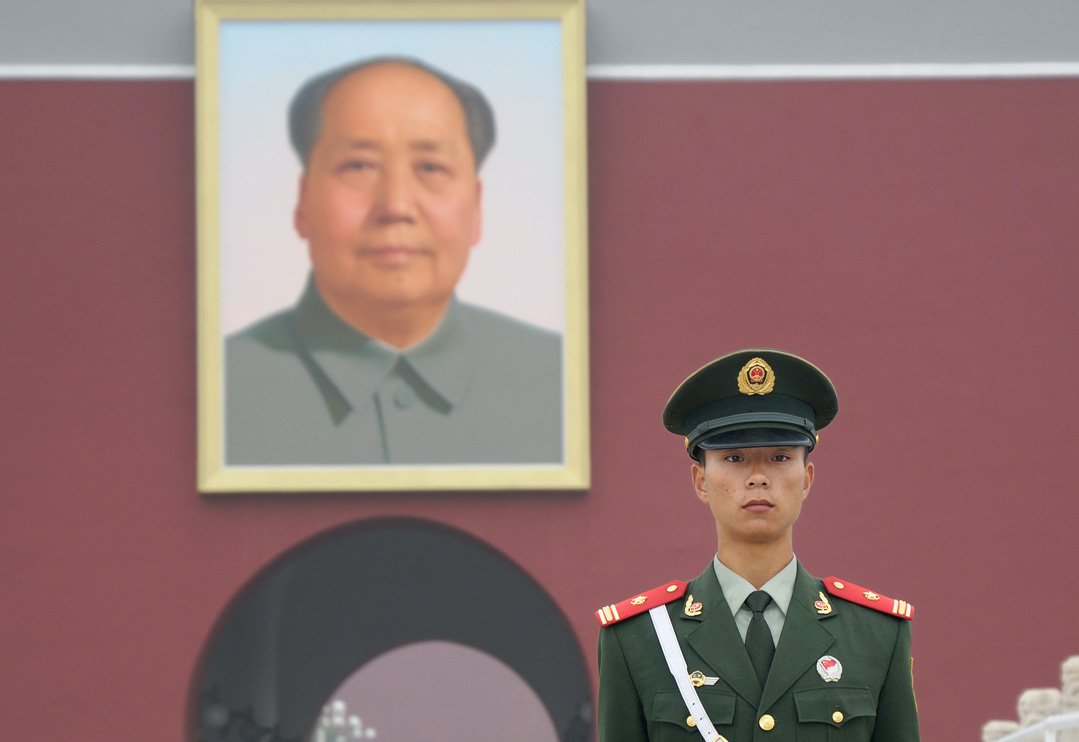China’s stimulus promises leave investors disappointed
Following a disappointing press conference on Tuesday, the Chinese government’s Saturday briefing was highly anticipated by investors hungry for a ‘fiscal bazooka’. Yet, it left investors feeling deflated. There was little quantifiable detail regarding what the government intends to do to revive an economy that is currently drowning in a prolonged property crisis, unsustainable debt, and anaemic domestic demand.
The briefing on Saturday saw Finance Minister Lan Foan vowing to support the property sector, lower local debt risks, and even hint at increased government borrowing. However, there was no information about how large the proposed fiscal stimulus would be.
Despite the lack of figures, the response to the conference wasn’t entirely negative – the response was originally mixed. For example, Goldman Sachs believed that the latest measures were a sign of China focusing more on economic growth, and they even went as far as upgrading their forecasts for China’s GDP growth in 2024 and 2025.
On the other hand, on Tuesday, the yuan fell as much as 0.6% in the offshore market to the lowest it had been in a month. On the same day, Hong Kong shares fell by 0.75% while Shanghai Composite, an index of all shares sold on the Shanghai Stock Exchange gained 2.07%. However, the rally slowed, with the index subsequently slumping by 2.5%.
This slump is mainly due to new economic data which has further dented investor sentiment, increasing the urgency of China’s fiscal stimulus delivery.
China’s exports only grew 2.4% year on year in September – the weakest since May
China’s exports only grew 2.4% year on year in September – the weakest since May. In addition, new data showed that credit supply also decreased from last month, indicating continued weak domestic demand.
“Markets conversation has already started to come up with the consensus that monetary injection or interest rate cuts cannot fix the fundamental problem,” Raymond Yeung, the Greater China Chief Economist at the Australia and New Zealand Banking Group, said.
China has previously implemented substantial fiscal packages. The government responded to the 2008 financial crash with a $586bn (£448bn) stimulus package focused on infrastructure development
However, this may be more difficult for the Chinese government in 2024, since China’s national debt has ballooned since. China’s government debt-to-GDP ratio, accounting for ‘shadow financing’ tools used by its local governments, is over 125% , surpassing the United States. Whilst Japan can operate with a debt-to-GDP ratio beyond 350%, Chinese debt is especially worrying.
This is partly because Chinese GDP statistics are unlikely to be accurate. Former Chinese Premier Li Keqiang said in 2007 that Chinese GDP figures were “man-made” according to US diplomatic cables leaked by WikiLeaks.
A recent study, which compares economic activity and the growth of night-lights, even suggests China’s GDP is likely to be just 40% of official figures.
With a high debt burden, China may struggle to finance further fiscal stimulus, especially at the levels that investors desire
This is due to the CCP’s intense culture of needing high economic growth to satisfy senior officials – if you didn’t achieve the growth targets, you’re at risk of being fired. This has led to officials on all levels manipulating statistics such that it is difficult to know China’s actual economic growth statistics.
If China’s GDP is lower than official figures, it means their debt-to-GDP ratio may be higher than we might have originally thought.
With a high debt burden, China may struggle to finance further fiscal stimulus, especially at the levels that investors desire.
Looking to the future, China’s third-quarter economic growth figures will be released on Friday, the next event in all investor calendars.

Comments